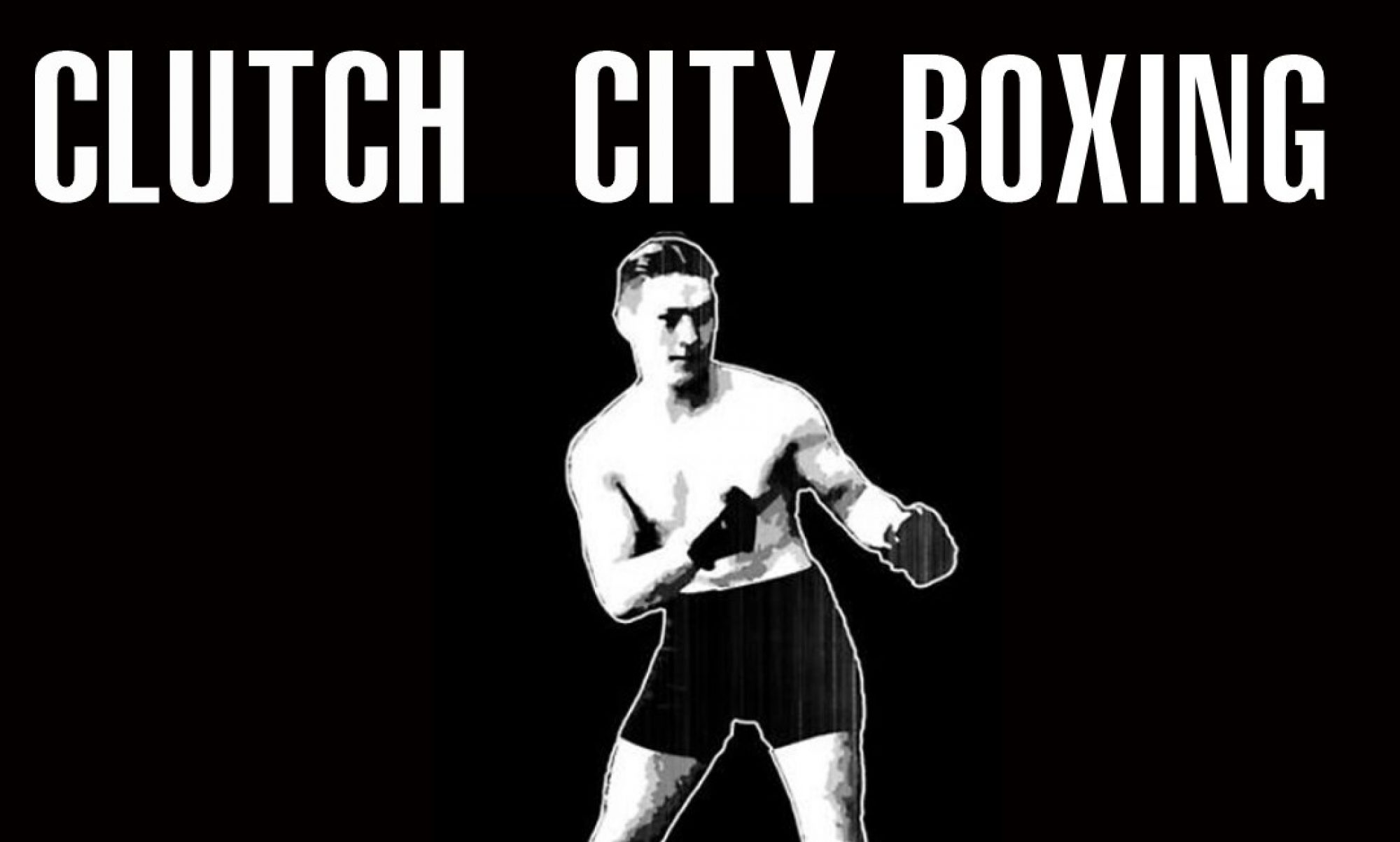Ray’s Boxing Club at this time, around 1983 or 84, consisted of two heavy bags, one speed bag, a homemade “boxing ring” and some mirrors on the wall of Ray’s garage. Although the “gym” was humble and spartan, I believe the boxing club there was already doing pretty well on the local, state, and national scene. It’s been a long time and I don’t remember everything but the faces and personalities I remember being around were the Alvarado brothers, Steven and John I believe, their father, and Joe “Cool” Garcia who was either about to turn pro or just turned pro. I got wise to some things quicker than most kids I think because I started to help Joe “Cool” glove up and give him water between sparring rounds, so that he would give me some pointers every now and then or answer questions that I had. Questions I still ask people I look up to in boxing such as, “how many miles should a boxer run when amateur and/or pro? “ , “how many push-ups, sit-ups, and squats should we do”? , “ how do you control your breathing”? and things like that.
Speaking of sparring, let me tell you about the “ring” we sparred in. It was a homemade ring set up in the corner of the garage, made of wood, and couldn’t have been more than 8×8 or 10×10, and that may be a generous estimation. It was a phone booth man and you had to catch on quick or you weren’t gonna survive the sparring. As for me I’ve always been a boxer/counter-puncher so that ring did not suit my style or personality, but I did learn to box on the inside or “toe to toe” as I knew it to be back then. I didn’t become a slugger by any stretch, I just learned little tricks where I could be as safe being up close as I was on the outside, where I liked to be. Still it was definitely the hard knocks way of learning and there were many “dogfights” in that ring. I probably took more whuppings than gave for at least 6 months before I got to where I was okay being in there with anyone except for the pros.
I don’t remember much else about those beginning days other than lots of calisthenics, those damn “duck walks”, and being confused when I would get the courage to ask for instruction and being told to “do 3 rounds of left jabs, then 3 of straight rights on the heavy bag, then let me know if you want more”. This of course came after calisthenics in the ring and jump roping and/or sparring. Ever try throwing nothing but left jabs for 3 rounds? It’s tough for sure and the “gym” was so small you couldn’t hide anywhere or piddle around.
What was your start out in boxing like?

